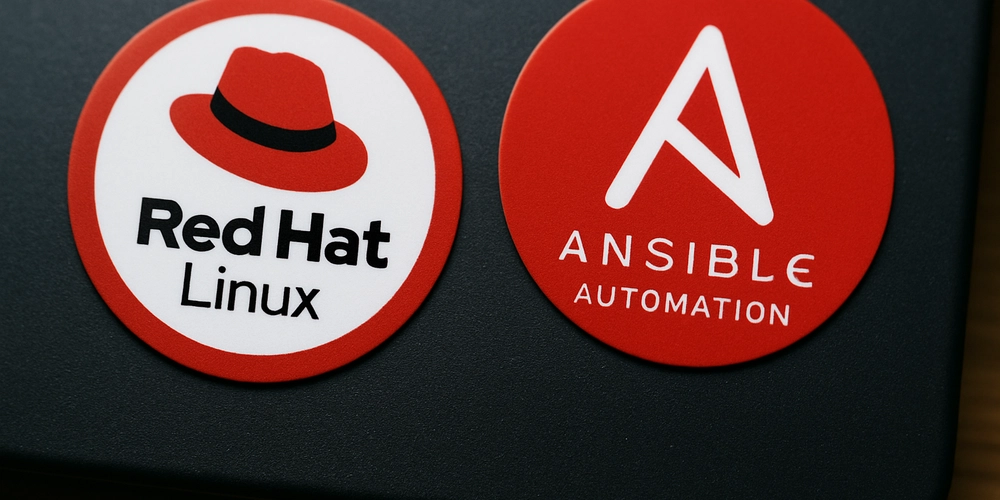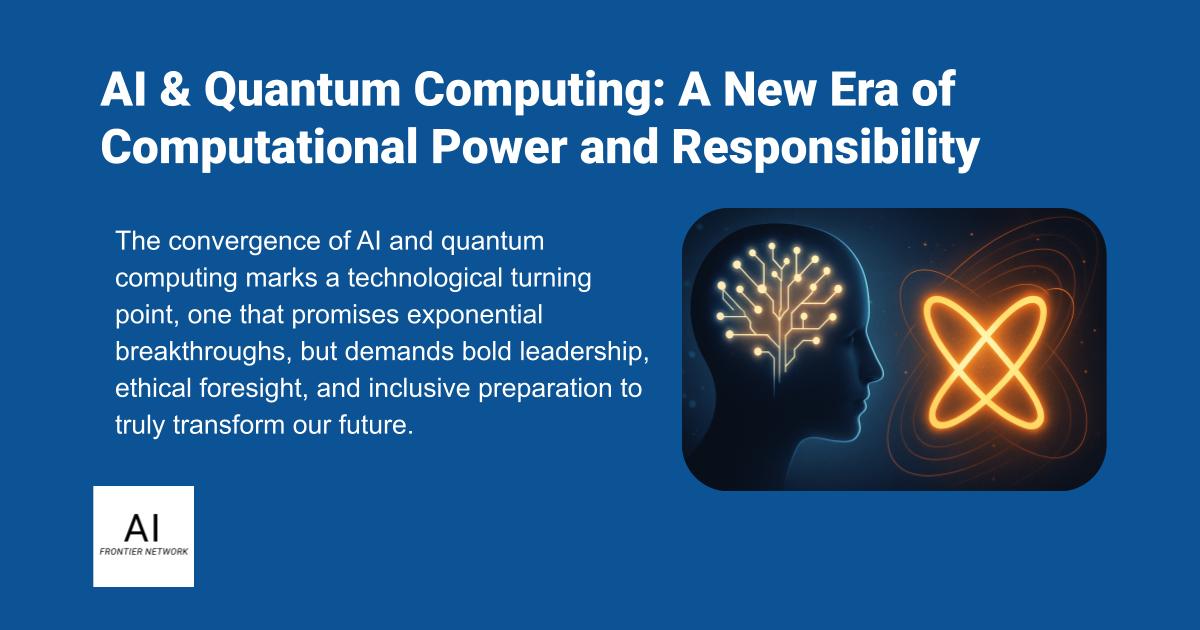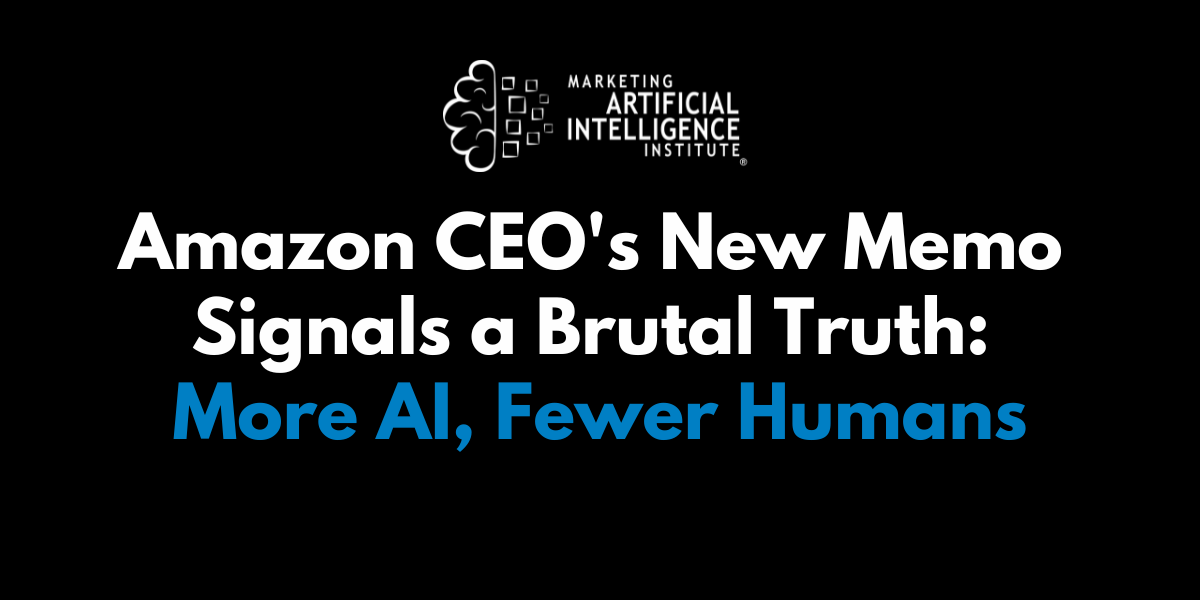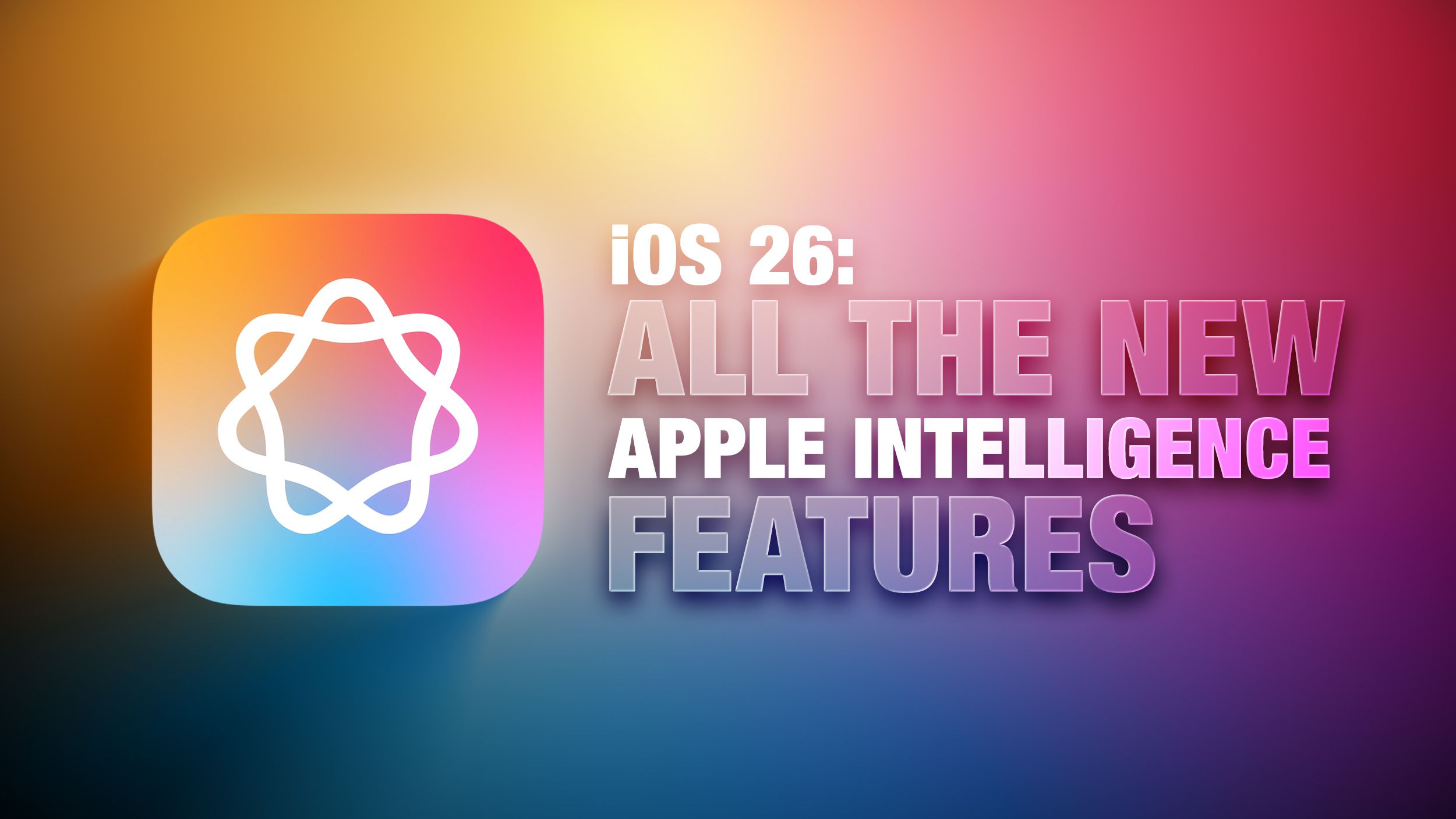Streamlining IT Streamlining Infrastructure: The Power of Red Hat Linux and Ansible Automation
Introduction The Synergy of Red Hat Linux and Ansible Automation Key Benefits of This Integration 1. Efficiency through Automation 2. Enhanced Security and Compliance 3. Scalability for Modern Workloads 4. Simplified DevOps Practices Real-World Applications Conclusion Introduction In the ever-evolving landscape of IT, the demand for agility, efficiency, and reliability is higher than ever. For organizations navigating these challenges, Red Hat Linux and Ansible Automation have emerged as a formidable duo, revolutionizing the way IT infrastructures are managed and optimized. The Synergy of Red Hat Linux and Ansible Automation Red Hat Linux, a trusted enterprise-grade operating system, has long been a cornerstone for businesses needing stability and scalability. Enter Ansible, a powerful open-source automation tool that simplifies IT management with its agentless architecture and user-friendly playbooks. Together, they form a harmonious solution, enabling system administrators to automate repetitive tasks, ensure configuration consistency, and accelerate deployments. Key Benefits of This Integration Efficiency through Automation Traditionally, managing IT environments required manual intervention, often leading to errors and delays. With Ansible, tasks such as server provisioning, software installations, and configuration management on Red Hat Linux are streamlined into automated playbooks. This approach not only saves time but also ensures precision. Enhanced Security and Compliance Security is paramount in today's digital landscape. Ansible's automation capabilities allow IT teams to enforce strict security policies across Red Hat Linux systems. From patch management to firewall configurations, organizations can maintain compliance without the overhead of manual processes. Scalability for Modern Workloads As businesses expand, so do their IT needs. Red Hat Linux's robust infrastructure, combined with Ansible's scalability, empowers organizations to manage thousands of servers seamlessly, whether on-premises, in the cloud, or in hybrid environments. Simplified DevOps Practices The rise of DevOps has highlighted the need for seamless collaboration between development and operations teams. Ansible facilitates this by integrating well with Red Hat Linux to automate CI/CD pipelines, enabling faster and more reliable software delivery. Real-World Applications Companies across industries are leveraging this integration for tangible benefits. For instance: Cloud Migrations: Automating cloud workload transfers while maintaining system integrity. Disaster Recovery: Creating repeatable processes for quick recovery in case of system failures. Infrastructure as Code (IaC): Defining and managing infrastructure through code to enhance consistency. Conclusion Red Hat Linux and Ansible Automation exemplify the future of IT management. By eliminating manual errors, accelerating deployments, and enhancing security, they empower organizations to focus on innovation rather than infrastructure. As technology continues to advance, this dynamic duo will remain a cornerstone for any enterprise striving for operational excellence.

- Introduction
- The Synergy of Red Hat Linux and Ansible Automation
-
Key Benefits of This Integration
- 1. Efficiency through Automation
- 2. Enhanced Security and Compliance
- 3. Scalability for Modern Workloads
- 4. Simplified DevOps Practices
- Real-World Applications
- Conclusion
Introduction
In the ever-evolving landscape of IT, the demand for agility, efficiency, and reliability is higher than ever. For organizations navigating these challenges, Red Hat Linux and Ansible Automation have emerged as a formidable duo, revolutionizing the way IT infrastructures are managed and optimized.
The Synergy of Red Hat Linux and Ansible Automation
Red Hat Linux, a trusted enterprise-grade operating system, has long been a cornerstone for businesses needing stability and scalability. Enter Ansible, a powerful open-source automation tool that simplifies IT management with its agentless architecture and user-friendly playbooks. Together, they form a harmonious solution, enabling system administrators to automate repetitive tasks, ensure configuration consistency, and accelerate deployments.
Key Benefits of This Integration
Efficiency through Automation
Traditionally, managing IT environments required manual intervention, often leading to errors and delays. With Ansible, tasks such as server provisioning, software installations, and configuration management on Red Hat Linux are streamlined into automated playbooks. This approach not only saves time but also ensures precision.Enhanced Security and Compliance
Security is paramount in today's digital landscape. Ansible's automation capabilities allow IT teams to enforce strict security policies across Red Hat Linux systems. From patch management to firewall configurations, organizations can maintain compliance without the overhead of manual processes.Scalability for Modern Workloads
As businesses expand, so do their IT needs. Red Hat Linux's robust infrastructure, combined with Ansible's scalability, empowers organizations to manage thousands of servers seamlessly, whether on-premises, in the cloud, or in hybrid environments.Simplified DevOps Practices
The rise of DevOps has highlighted the need for seamless collaboration between development and operations teams. Ansible facilitates this by integrating well with Red Hat Linux to automate CI/CD pipelines, enabling faster and more reliable software delivery.
Real-World Applications
Companies across industries are leveraging this integration for tangible benefits. For instance:
- Cloud Migrations: Automating cloud workload transfers while maintaining system integrity.
- Disaster Recovery: Creating repeatable processes for quick recovery in case of system failures.
- Infrastructure as Code (IaC): Defining and managing infrastructure through code to enhance consistency.
Conclusion
Red Hat Linux and Ansible Automation exemplify the future of IT management. By eliminating manual errors, accelerating deployments, and enhancing security, they empower organizations to focus on innovation rather than infrastructure. As technology continues to advance, this dynamic duo will remain a cornerstone for any enterprise striving for operational excellence.












































































































































































![[The AI Show Episode 156]: AI Answers - Data Privacy, AI Roadmaps, Regulated Industries, Selling AI to the C-Suite & Change Management](https://www.marketingaiinstitute.com/hubfs/ep%20156%20cover.png)
![[The AI Show Episode 155]: The New Jobs AI Will Create, Amazon CEO: AI Will Cut Jobs, Your Brain on ChatGPT, Possible OpenAI-Microsoft Breakup & Veo 3 IP Issues](https://www.marketingaiinstitute.com/hubfs/ep%20155%20cover.png)























































































































![[DEALS] 1min.AI: Lifetime Subscription (82% off) & Other Deals Up To 98% Off – Offers End Soon!](https://www.javacodegeeks.com/wp-content/uploads/2012/12/jcg-logo.jpg)











































































































































_incamerastock_Alamy.jpg?width=1280&auto=webp&quality=80&disable=upscale#)
_Brain_light_Alamy.jpg?width=1280&auto=webp&quality=80&disable=upscale#)
































































































![Nothing Phone (3) has a 50MP ‘periscope’ telephoto lens – here are the first samples [Gallery]](https://i0.wp.com/9to5google.com/wp-content/uploads/sites/4/2025/06/nothing-phone-3-telephoto.jpg?resize=1200%2C628&quality=82&strip=all&ssl=1)



















































































